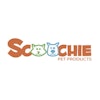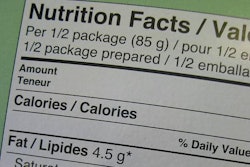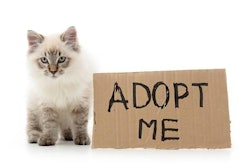According to Simmons National Consumer data, 78% of dog owners and 47% of cat owners buy pet treats, rates that suggest how common it is for our furry friends to have their pet parents wrapped around their little paws. Among dog-owning households, the purchasing rate for dog treats doesn’t quite reach the chilly heights of ice cream (purchased by 88% of US households), but does fall in the same league as human treat mainstays such as candy (83%), crackers (79%) or cookies (73%). By usage rates, therefore, dog and cat treats are in very tasty company.
Even so, purchasing rates for pet treats have fluctuated over the past several years, and have tended to take one step forward but then one step back. In the case of dog treats, purchasing rates edged up to 84% in 2013 before slipping down to 78% in 2014 (see Table 1). With cat treats, rates notched up impressively from 45% in 2009 to 55% in 2013 but then dropped back in 2014.
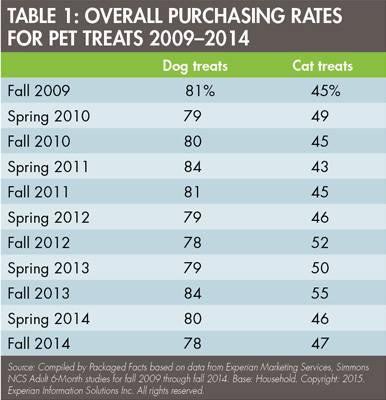
Among US dog- and cat-owning households overall, while both dog and cat treat numbers trended upward in in 2013, by fall of 2014 the market had dipped back down.
Three factors help account for the current crunch time for pet treats. First is the wave of widely publicized pet illnesses and fatalities associated with pet jerky treats, and primarily involving dogs that consumed products sourced from China. The broader pet food and treats safety issue dates back to 2007, but in the case of pet jerky treats the problem peaked in the October 2013 to May 2014 period, according to US Food and Drug Administration (FDA) monitoring (“Questions and Answers Regarding Jerky Pet Treats,” February 19, 2015).
This chronology is consistent with a downturn in pet treat purchasing in 2014. While jerky represents only one segment of the pet treat market, the headlines were alarming (“Toxic jerky treats linked to more than 1,000 dog deaths,” Fox News reported on May 19, 2014) and top brands were involved. An underbelly of the fun, impulsive spirit in the pet treats market can be a gimmicky dynamic where product safety, nutrition and quality are not the top priorities. And because pet treats, unlike pet food, are discretionary purchases, headline news on potentially tainted products will spur some pet owners to err on the side of caution in purchasing or diversifying their purchasing of pet treats.
A second challenge to pet treats comes from the opposite direction, or the functional front. Like infant formula and baby food, pet food is an inherently functional category; unlike with rocky road ice cream, nutritional performance is the main point. While performance has increasingly been incorporated into the pet treat market, as indicated by the popularity of dental chews and the marketing of pet treats with specialized nutritional profiles, general pet treats remain the backbone of the market. Packaged Facts survey data show that, among the pet owners who do purchase pet treats or chews, 75% of dog owners and 78% of cat owners purchase standard treats without a primarily functional positioning (see Table 2).
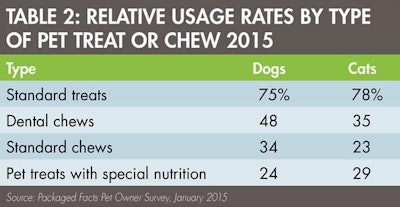
While performance has increasingly been incorporated into the pet treat market, as indicated by the popularity of dental chews and the marketing of pet treats with specialized nutritional profiles, general pet treats remain the go-to among US dog- and cat-owning households who buy pet treats and/or chews.
However, as specialized nutritional function and performance moves to center stage—especially for pet owners with senior or overweight dogs and cats—standard pet treats aren’t getting quite as much marketing spotlight, and will have to fight to keep their place in the sun.
A third threat involves a growing shift in the retailing landscape, with the rise of online purchasing of pet products, as previously discussed in this column. When pet product shopping goes virtual—especially in the case of standing subscriptions for home delivery of petfood—the casualties can include walk-by impulse sales of pet treats along the supermarket pet aisle or around the specialty pet store front end and check out. Because out of sight tends to mean out of mind, pet treat marketers should be wary of becoming road kill on the online shopping superhighway.
For about three-fourths of dog owners and one-half of cat owners, love means never having to say you’re out of pet treats. And dollar sales of pet treats are doing fine, even as unit sales and purchasing rates stumble. The message? Pet treat marketers must step up their game to keep their footing on the hot tin roof of pet nutrition competition.

